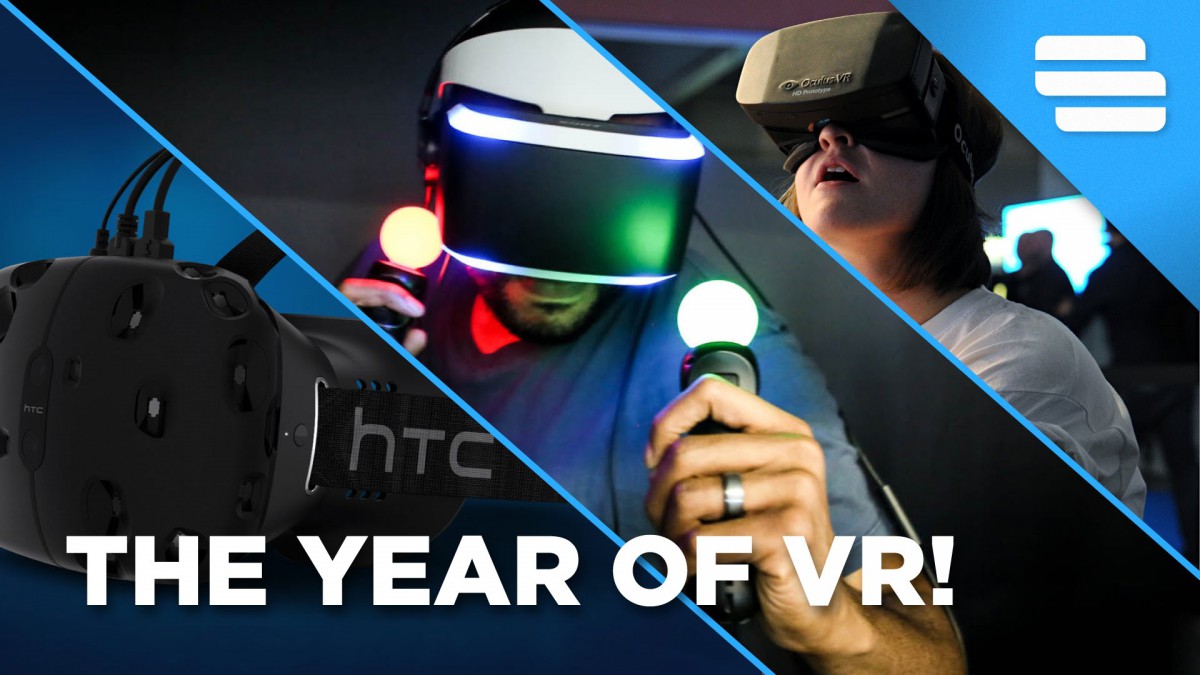Here's What You Need to Know About Virtual Reality (VR), The Next Computing Frontier

This year’s Electronic Entertainment Expo (E3) in Los Angeles featured plenty of virtual reality gaming developments. Once regarded as an impractical laughingstock, VR has been transformed with the introduction of new technical developments. These innovations touch upon both the hardware used to simulate a realistic virtual world as well as the software running atop this machinery.
Attendees at this year’s E3 were eager to try out the Oculus Rift, which is expected to be released early next year. The headset model introduced this year weighs less than previous prototypes, but the biggest changes involve the Oculus Touch control scheme rather than the headset. The Touch unit is a handheld controller that tracks the user’s motions, allowing them to manipulate objects in the virtual world with their hands.
Sony is trying to carve out a niche for itself by making its Morpheus headset compatible with the Playstation 4 console. While most other manufacturers are trying to make their devices work on PCs, which come in any number of configurations, Sony can target one specific platform. This makes it easier for developers to code for Morpheus, and the strategy seems to be paying off with no fewer than 17 game demos for Morpheus released at E3.
While most VR solutions attempt to present a completely imaginary world, Microsoft is doing something different with its HoloLens. It can overlay holographic information atop the wearer’s normal field of vision, augmenting reality without replacing it entirely. This will have plenty of applications in industrial settings where workers must still remain aware of the real world while using the headset.
Starbreeze is a newcomer to the virtual reality competition, but its StarVR headset is already distinguishing itself by offering a 210-degree field of vision. That’s larger than competing products and will allow a richer experience by enabling users to exercise their peripheral vision while playing.
Game designers are trying to utilize VR paradigms to deliver different gameplay experiences than were possible in the past. ADR1FT, by 505 Games and Three One Zero, is set in space while Narcosis, by Honor Code, features an underwater environment. In both of these games, player immersion is increased because they can actually feel as if they’re present in these unusual settings with all the attendant changes in physics and movement that come with them. Monster Escape/Monster Battle for the Morpheus is an example of an asymmetric multi-player experience. One person plays a giant monster while four others control little robots. The player in charge of the monster can look around the virtual world and see where and how the robots are moving.
Although it is games that are advancing the forefront of this technology, once it becomes established in the market, there are a host of applications in other areas. Real estate agents could give virtual tours of properties to entice prospective buyers. People in dangerous or sensitive jobs, like police officers and surgeons, will be able to train for scenarios that would be too risky or expensive to simulate in real life. Beyond that, VR security cameras could become commonplace with many security providers since the technology is already developed to give the cameras 720 degree views. The ability to project one’s presence into virtual spaces allow for hitherto impossible social activities, such as attending a virtual concert or seminar with people from around the world.
One of the reasons that VR is becoming more popular every day is lightweight hardware, which is less bulky than systems produced in the past, namely in the 80’s when VR first emerged on the scene in all it’s oversized, neon glory. Also, improvements in resolution mean that it’s actually possible today to present an imaginary world that looks realistic. Previous attempts were stymied by blocky or poorly rendered graphics that detracted from verisimilitude.
Virtual reality is coming to game players probably next year. As device manufacturers and software designers become more familiar with this emerging tech, we can expect significant progress along with more affordable implementations. The applications of VR are nearly endless, and we could eventually see these headsets becoming a part of nearly every household, just as television and computers have done before them.